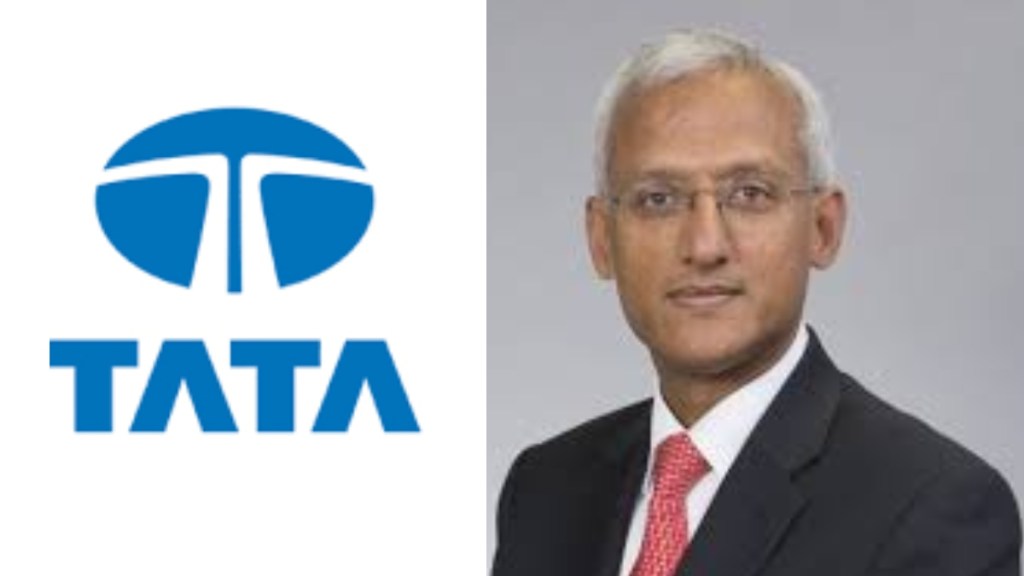As it diversifies its digital portfolio, Tata Communications has been growing its products and services across verticals like media and entertainment. Amur Lakshminarayanan MD & CEO, tells Urvi Malvania that core digital services like network transformation and CPaaS services will continue to evolve as the business environment changes and enterprises adopt cloud. Excerpts:
How are you looking at investments into CPaaS (communication platform as a service), given the changing ecosystem?
It’s a well-known fact that the SMS business growth is coming down. People are reporting single-digit growths from very high 20% plus in the past. That is why we said that strategically, we are going to invest into expanding from SMS to other channels, whether programmable voice or other channels of RCS or emails or WhatsApp. The other investments that we are doing is creating software layers because just expanding the number of channels is not good enough. The software layers will bring more intelligence on top of it.
What is the status of Kaleyra’s integration?
Kaleyra is contributing to revenues, but all of the acquisitions (Kaleyra, Oasis and The Switch) need to go through a transformation. We are in the process of transforming Kaleyra – combining what we had and what it brought across different elements. For example, in engineering, we had some gateways around the world like them and we are now combining them. That’s an 18-month project. On the product side similarly, there was some duplication and we need to bring (all capabilities) on a single platform, which will take 12 months. And finally, there are people coming together so that is also getting streamlined as we speak.
Having said that, when we announced the deal, I said that the sales teams combined will sell only one product. So on the sales side, from day one we were very clear on the synergies we would drive.
You also acquired controlling stake in Oasis for the e-sim business. What is the update on that?
The e-sim business is seeing slower growth. Globally, changes are happening and new standards are coming. So far in the consumer world, they call it the SGP 02. Next is going to be the standard of SGP 32 that will fundamentally change many things. We are positioning ourselves for a world in the future.
So while OEMs and chip manufacturers also have to think of enabling connectivity, we will do platform connectivity management. We are currently developing application enablement platform. The whole ecosystem is still evolving. It’s a long road, but we will continue to have a play because we see that it has a future.
Voice also now is the smallest contributor to revenue. Will Tata Communications exit voice?
No, I don’t think so. There are two aspects to voice. One is the wholesale voice, which we report as a voice business. But voice is also used by our collaboration business. So, when we say collaboration, a Teams call carries voice and media, for example.
That uses similar technologies and capabilities as voice (communication). In the Kaleyra business, we moved beyond SMS to programmable voice, and that is growing. But that business, in the traditional sense of voice, has been been declining at 10%-15% and that will continue to decline. We don’t have any, as of now, any proposals to carve out and dispose it. We will perhaps continue to use the voice infrastructure, but the functionality will change.
Any further updates on the asset monetisation plan after exiting the white label ATM business?
Nothing (new) to report. There are lots of assets and we are going through a systematic process. These things take time.
The revenue share of the core connectivity business has been declining over the past few quarters. What is your outlook on this part of the business and what sort of investments will you continue to make towards it?
We had shown about 6-7% growth, even though we had pegged growth at a low single digit and that (growth) came because of the growth in data centres. We believe that for the foreseeable future the growth in core connectivity will be powered by more data centres coming up and AI. We don’t expect it to grow at the same pace as a digital portfolio, though the growth will not be small.
One area of investment is to make sure that we have adequate capacity, terrestrially and submarine. So, there we are periodically investing and will continue to do so. The second type of investment is towards developing software. We started make investments to address such the software needs in core connectivity a year and a half back and have started releasing some products as well.

